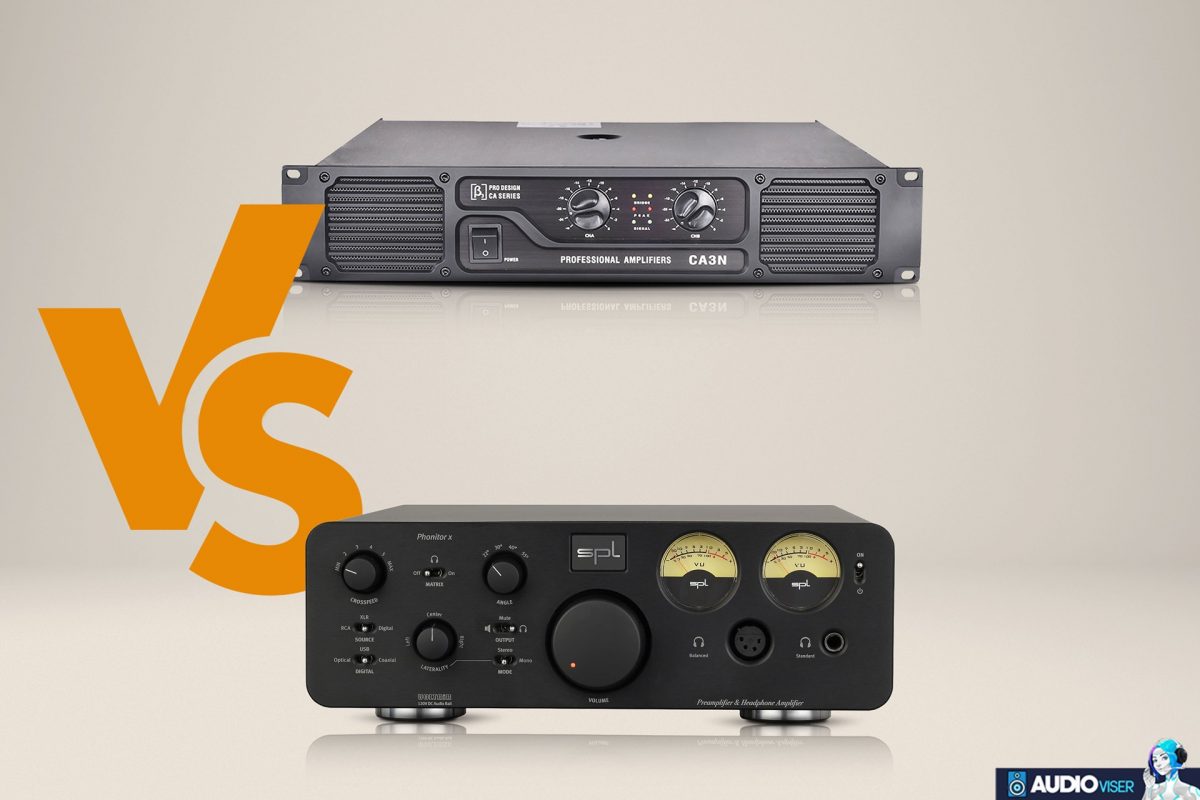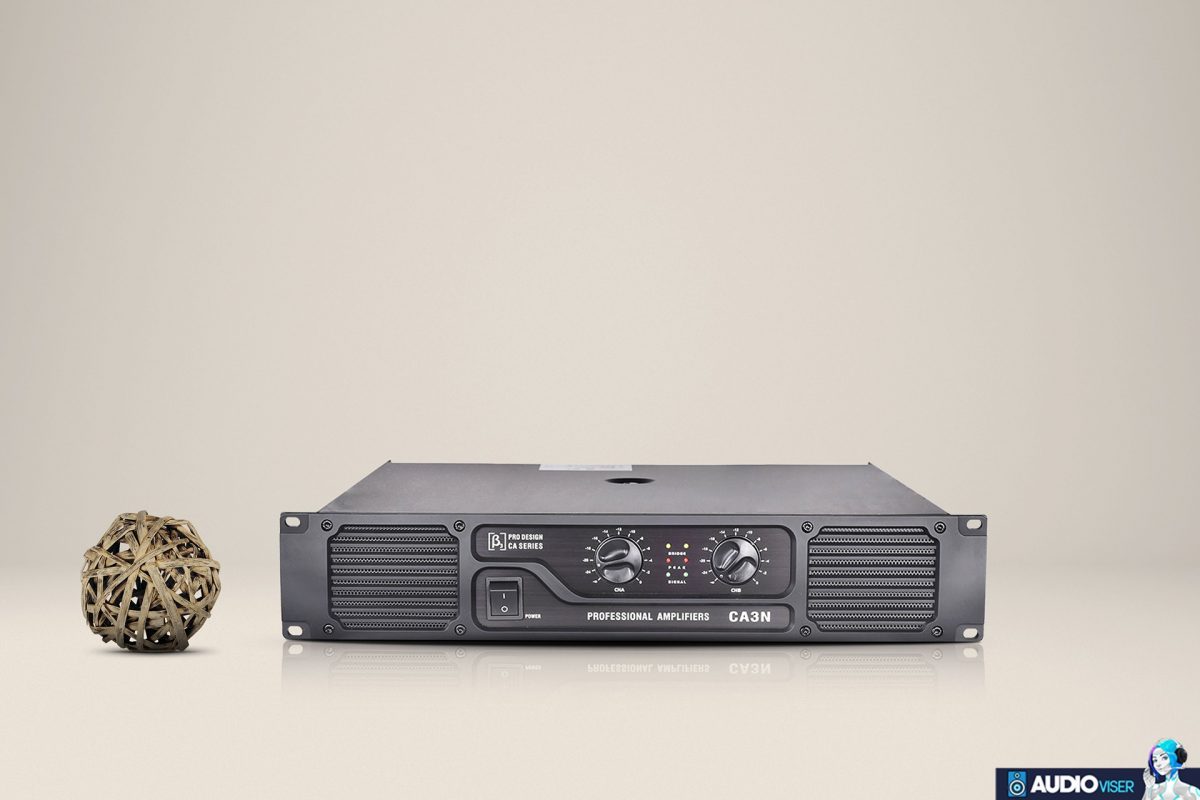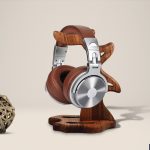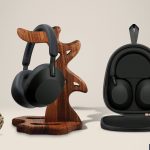
To be quite honest, I had no idea what these two terms meant before I started writing articles. The amusing thing about this is that I now understand a lot about these two phrases. And because I have enough information on these two to compose an article, I’ve decided to enlighten you all about what they are and what are they used for.
I’m not sure how many of you know what these two phrases represent, but I’m sure that some of you do, and I assume that these individuals are artists or somehow involved in the music industry. Therefore, the phrases preamp and power amp will be used whether you are setting up a studio, whether professionally or simply for fun at home.
Since these two sorts are different from one another, I’d want to start by discussing what an amplifier is before moving on to describe these two.
An electrical device called an amplifier boosts a signal’s voltage, current, or power. Either weak-signal amplifiers or power amplifiers can be used to describe them.
As I describe what an amplifier is, I think most of you are already curious about the two types of amplifiers I will address in this post, so let’s get right to the point and talk about the similarities and differences between them.
What Are They?
At this part, I would like to tell you guys what preamp and power amp mean while mentioning some important detail about them.
What is Preamp?

Preamplifiers are electrical components found in a variety of audio equipment, including USB microphones, audio interfaces, and DJ mixers. But why is this component included in all of this audio gear? This has a fantastic answer, which is provided here. Preamplifiers are electronic amplifiers that transform weak electrical impulses into output signals that are robust enough to withstand noise and be sent to a power amplifier and loudspeaker for additional processing.
Preamplifiers should have high input impedance and low output impedance to be optimum. They should also be linear. To drive the cable to the main instrument, a preamplifier increases sound signal intensity without lowering the signal-to-noise ratio. For instance, when we record with a microphone, the energy is transformed in several stages. It first becomes acoustic energy, which is then transformed into an electrical audio signal. However, this electrical signal is very quiet, so we need preamps for this stage. The preamp raises the mic-level signal to a level that can be recorded. Preamps unquestionably play a significant influence in recordings.
What is Power Amp?

A power amp is an electronic amplifier that boosts low-power audio signals, like those from a radio receiver or an electric guitar pickup, to a volume that is loud enough to drive speakers or headphones. These amplifiers can be found in a variety of audio systems, including home audio systems, sound reinforcement systems, amplifiers for musical instruments, etc. The last electronic step in a conventional audio playback chain is a power amp. A power amplifier is simply used to provide electrical power to an output source, such as a motor, speaker, or audio system.
This amplifier’s most typical use is in the audio system, where it plays a crucial part in sending the signal from a preamp component to a speaker. The power supply, input stage, and output stage are a power amplifier’s three primary parts. The power supply transforms alternating current (AC) from an outlet into DC, which is then transmitted to the input stage to be prepared for the output stage, which is linked to the speaker.
Just make sure you avoid any kind of power amp distortion.
Does Impedance Affect Preamps and Power Amps?
Let’s get started. In this section of my article, I’ll provide you with some crucial information regarding impedance and whether or not it affects preamps and power amps. If it does, we’ll talk about how it affects them.
First, let me tell you what impendence is. Electrical impendence is a measurement of a system’s opposition to alternating current when a voltage is applied. It can be thought of as AC resistance.
I can say that preamps have high impedance since they can power weak signals into line-level signals without increasing the noise, and this is the reason that they are used to process microphone recordings. Preamps cant deal with speaker-level signals since the level of impendence in the preamp is very high they do not have the wattage needed to drive a loud signal.
Power amplifiers feature a voltage amplifier input and a current amplifier output, allowing them to drive any sound due to their low impedance. Power amps may audibly raise the noise level of a sound source, yet they can power sounds at any loudness.
What Is The Difference Between Preamps and Power Amps?
The first distinction I can make between a preamplifier and a power amplifier is where each belongs in the recording process. Chain is the term for the path the signal goes through your apparatus. The preamp and power amp won’t budge from their regular positions despite adjustments in the chain. They both increase the signal’s gain, but for various causes; this is what sets them apart. Preamps have low-cut filters, phase inversion, and the ability to produce distortion, among other characteristics and capabilities.
Do We Need Them Both?
I created this section to address this question, which I believe the majority of you might have. Yes, you require both of them since each amplifier serves a unique purpose and cannot do another. Therefore, for correct operation, you require both of them.
You need a power amp since a preamp cannot drive a speaker, but you also need a preamp to have the line level signal that a power amp requires. Therefore, it is clear that both of them play a key part.
A preamp allows the user to retain a high degree of sound quality, making it a must-have for any audio professional. On the other hand, power amps are more suited to live performances and inadequate sound systems.
Final words
I have published several articles in which I have compared various things, but this was a little different and I found it to be more intriguing. I had a lot of fun creating this post and tried my best to provide you with all the details and adequately address your inquiries.
I hope that everyone who read my post enjoyed it and found it to be informative. Until then, bye.
Further Reading
Now that you know the differences between preamp and power amp, let me mention for you guys something else that you may want to know.
If you are into headphones, there are some professional studio headphones under $200 to check out, or if you work in a super noisy environment, you can find the greatest noise-canceling headphones for loud machinery.
In case you are in search of a preamp, find out more about the best budget tube preamps on the market!
Equipment Tester & Reviewer
I’m an unbiased audio equipment tester & reviewer, dedicated to keeping you up-to-date on the latest and greatest in audio gear.





